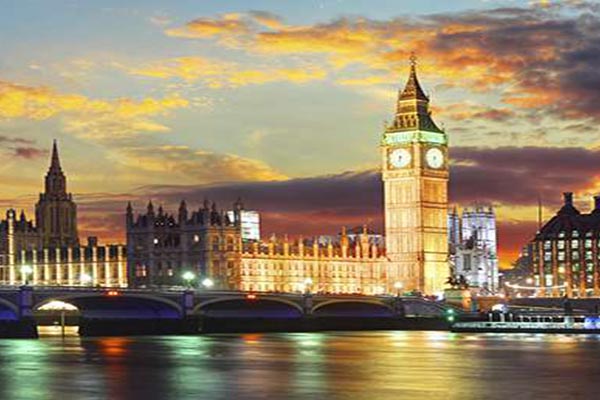
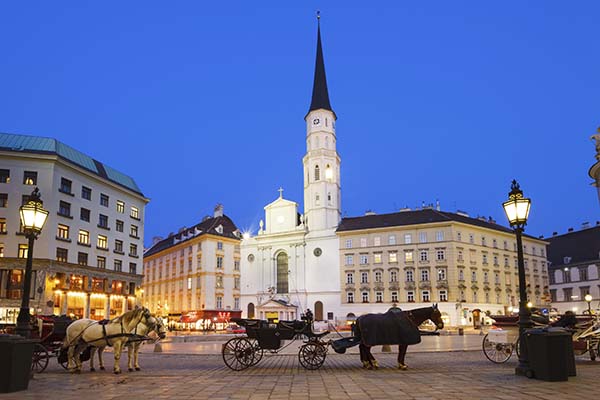

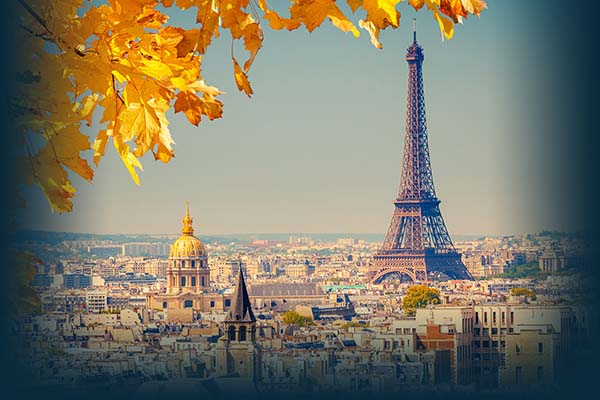
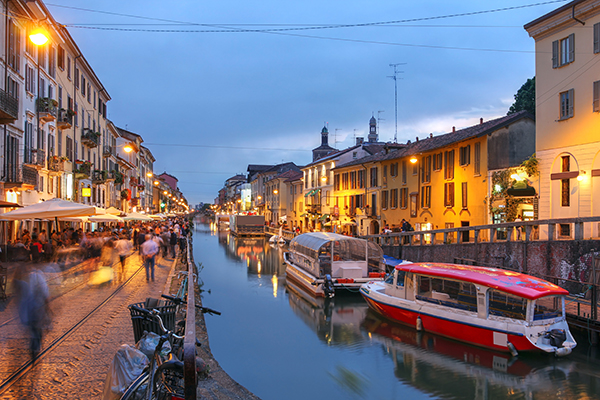
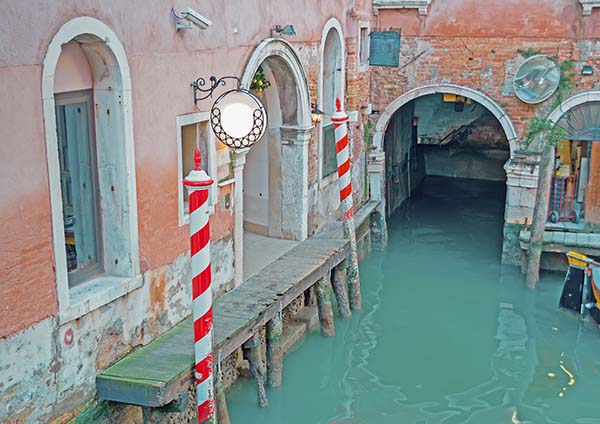

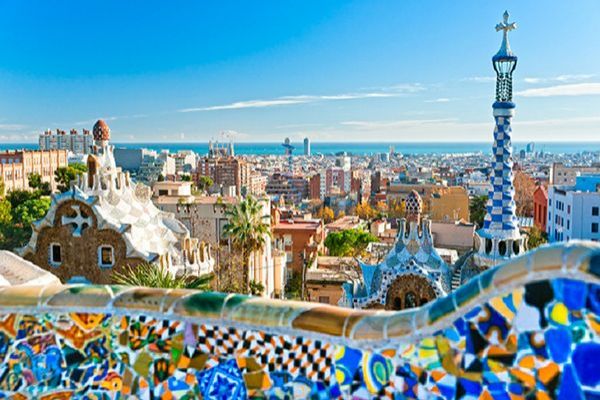
Europe
If you haven’t yet felt the luscious whispers of Europe in your ear, you’re about to be captivated with one of the world’s richest history and terrain. The landscape is packed full of evocative temptations it’s practically impossible to choose where to start. Though relatively small (the second smallest continent), Europe also has the largest country in the world (Russia). You’ll find sophisticated cities that energize from Paris to Moscow to Madrid, as well as country towns to revel from Reine to Manarola to Dingle. The distinct cultures are reflected in the delectable menus of each, and you’ll readily ravish it all. Bite into a fresh croissant in France, clink a glass of vino in Italy, and taste the smooth chocolate pralines in Belgium. The deep and wide diversity of Europe’s art, cuisine, history, and scenery is unmatched.
Did You Know?
- Europe is named after a legendary Phoenician princess called Europa, who was seduced by the Greek God Zeus when he disguised himself as a bull.
- Europe has both the largest country in the world (Russia) and the smallest (The Vatican).
- Disneyland in Paris is Europe’s most visited tourist destination.
- In Switzerland, it forbidden to flush the toilet after 10 in the evening
- Europe is only 2% bigger than Canada by landmass
- London’s underground escalators travel the equivalent of two trips around the world.
- It’s illegal in France to name a pet pig “Napoleon.”
- Over 250 distinct languages are spoken in Europe
- One-fourths of Netherlands is beneath the sea (making efficient use of canals, pumping stations, and dikes).
- The national anthem of Spain has no words.
- If you reach your 100th birthday, or 60th wedding anniversary in the UK, the Queen will send you personalized card.
- Back in the 1880 when the Eiffel Tower was first built, many people – including famous names from the local art scene – called it an ‘eyesore’ and a ‘black blot’ on the picturesque landscape of the city.
Travel Tips
For most Europe countries, US and Canadian citizens need only a passport. Make sure your passport is valid for 3 months after your planned return date. You may also need a visa, depending upon the country you are visiting. Some countries will also require proof of medical insurance, so it’s best if you also bring your health card with you, just in case. If you plan to stay over 90 days, you may also need a long-stay visa. The US State Dep also suggests making two copies of all travel documents and leaving one set with relatives back home. You may also consider scanning and keeping copies on a Dropbox folder that you can access while travelling too. With any specific concerns, check with the U.S. embassy or consulate of the country you plan to visit, or contact your travel expert to guide you. https://www.usembassy.gov/
Average temperatures vary depending upon the country and season. However, many people are surprised that much of the continent is warmer than they anticipate. The seasons mirror those in the USA, although the summer season is slightly extended. Western and Southern Europe are the hottest, and can get up to 90F in summer months, while Northern is usually around 70F that same time of year. Eastern Europe is also pretty cozy at around 80F in warm months. Many restaurants don’t use air conditioning, choosing outdoor patio seating much of the year – but it can get pretty hot in the peak months of July and August. In general, summertime is a great season to travel, but be aware that there will be bigger crowds and higher temperatures.
The European Euro is the official currency, and be aware that cash is preferred over credit cards in most establishments throughout. Bring your credit and debit cards, and use the ATM machines found at the airport and other main centers in town as you need cash. If possible, carry a combination of cash and cards, so that you can purchase what you need no matter the currency the local merchant accepts.
Bring your mobile phone for the easiest way to stay connected in Europe. Contact your cell phone provider before you travel, and get the best international plan for your needs. Then, whenever possible, use any available local WiFi to minimize costs. You can also make phone calls over the internet with Skype. If you need to make a lot of phone calls while travelling, you may want to get a SIM card with a European phone number, once you arrive.
To travel to moderately distant cities while in Europe, going by train is your best option. It’s faster than other modes, and a window seat to the scenery is a bonus. If you want to rent a car, you may consider booking it at home before you go for the best rates. In most countries you’ll drive on the right side, except in Ireland and the UK. Once you’re at your destination, the subways are a great option for getting around most of Europe’s big cities. There are also city buses in most areas, and can be a little more complicated – but do offer a better view. No matter what you do, plan your route in advance for the best results.